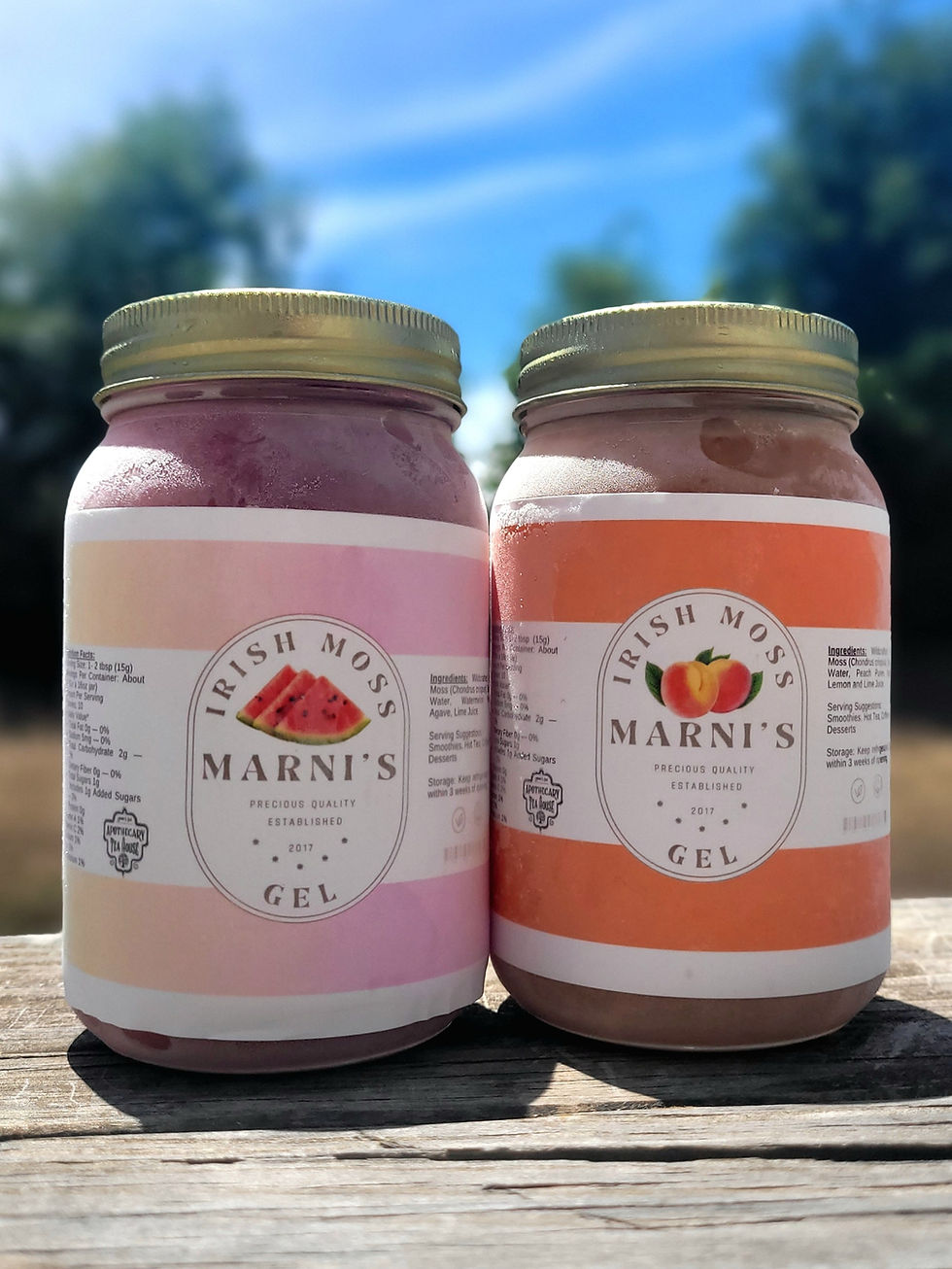Pipsissewa: An Herb for Arthritis, Chronic Inflammation & Gonorrhea.
- Marni Woodson, Certified Clinical Herbalist

- Feb 10, 2023
- 3 min read
Chimaphila Umbellata

Whenever I start working with an herb I like to know a little bit about the herb as a simple growing plant first. I want to know how long it's been around, what areas it's native to, how was it used historically before modern science if possible, what other cultures may use it for around the world? I also want to know what it looks like in its natural habitat and is this something I can sustain if I choose to grow it? Then I want to know how it's used today and what are its most commonly used methods of preparation among fellow herbalists and holistic practitioners.
I ran across Pipsissewa a few years ago while working with a client to develop an herbal protocol to support an inflamed prostate. I learned so much about this herb and have come to keep it as a staple in my apothecary to help treat certain conditions like urinary tract infections, as a uterine toner, and as Lymphatic support.
An Indigenous People Herb.

Pipsissewa is a Cree Indian word that describes what the plant does to the body when the leaves are eaten, basically it acts as a diuretic. This five (5) petal flower is fragrant and can be found from Alaska to California and even grows in some parts of eastern US, like the Georgia mountains. Its flowers generally are pink or white. The official medicine is found in the leaves, though the whole plant can be used including the root.
Another thing you want to remember when learning to work with herbs is that herbs have many names. Pipsissewa also carries the folk names such as Ground Holly, Love In Winter, Rheumatism Weed, and Winter Green. The official scientific name of Pipsissewa is Chimaphila Umbellata.
What are some of the medicinal uses of Pipsissewa?

So glad you asked! Pipsissewa is not only a diuretic; it's an astringent, tonic, and alterative. This means this plant can help to dry out dampness in the body, can remove excess fluid, induces well-being and vigor to the body, and is a general restorative herb.
When the fresh leaves are applied to the skin it acts as a gentle vesicant, meaning it will cause mild vasodilation which is helpful for those who suffer with arthritis and joint pain. It's been used historically to treat Cardiac and Kidney disease, Chronic Rheumatism and Cervical Tuberculous Lymphadenitis. CTL, is glandular swelling of the neck and/or inflamed lymph nodes.
Some Other Uses:
Chronic Gonorrhea
Joint Pain
Painful Urination
Blood in Mucous
Cures Fluid in the Abdomen
Diabetes Support
UTIs
Skin Diseases
Epilepsy
Anxiety
Cancer Treatment Support
Arthritis and Kidney Support.
When the body is unable to eliminate a proper amount of uric acid Hyperuricemia can develop and this causes crystals of uric acid to form and settle in the joints and kidneys. If your kidneys aren't working well then uric acid elimination can be difficult to navigate.
Utilizing the tea of Pipsissewa or a decoction of this herb daily is a mode of helping to combat chronic arthritis. Also, if you're in an area that is native to this herb applying the fresh flower to sore and achy joints is another wonderful way to use this natural remedy.
2 Fun Ways to Work with Pipsissewa in your Kitchen.

1.) Make homemade Root Beer. Pipsissewa is a great compliment and natural flavoring agent to homemade sodas especially Root Beer, try adding a blend of Pipsissewa and Elderflower to your own recipes for some amazing floats!
2.) Make herbal candy and lozenge. Herbal candies are another fun ways to get in some herbal medicine at home. Mary Poppins had the right idea when she said a spoonful of sugar can help the medicine go down, think homemade gummy bears and lollipops!
Happy Healing Herbies!



Comments